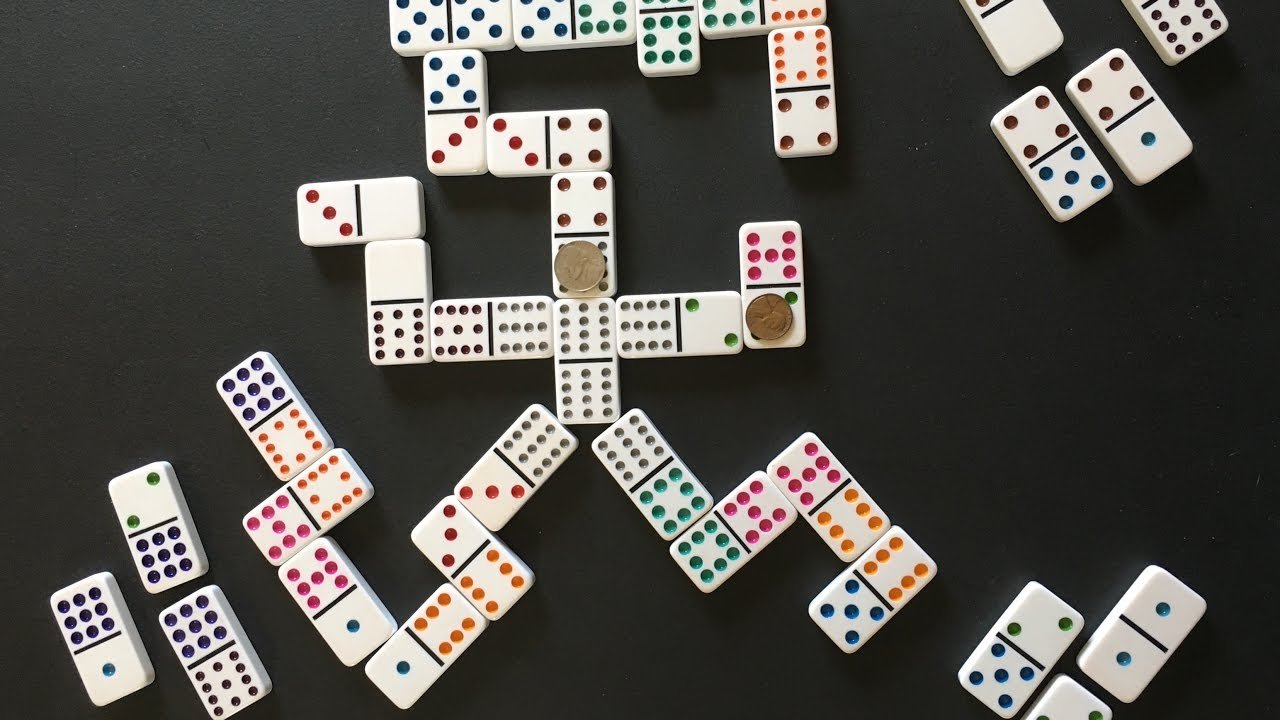For casino enthusiasts and puzzle lovers alike, the intersection of Chinese gambling with dominoes crossword clues often leads to an intriguing answer: Pai Gow.
This ancient game, which translates to “make nine” in English, has captivated players for centuries with its unique blend of strategy, chance, and cultural significance.
In this comprehensive exploration, we’ll dive deep into the world of Pai Gow, uncovering its rich history, complex rules, and enduring appeal in the modern gambling landscape.
The Origins of Pai Gow
Ancient Roots in Chinese Culture
Pai Gow’s history stretches back over a thousand years, with its origins firmly rooted in Chinese culture. Legend has it that the game was invented by a Chinese general during the Song Dynasty (960-1279 AD) as a way to entertain his troops during long periods of inactivity.
This tale, while perhaps apocryphal, speaks to the game’s deep connection to Chinese military strategy and social traditions.
From Street Corners to Casino Floors
For centuries, Pai Gow remained a popular pastime in China, played in homes, tea houses, and on street corners. As Chinese immigrants spread across the globe in the 19th and 20th centuries, they brought this beloved game with them.
In the 1980s, casino owner Sam Torosian introduced a poker variant of Pai Gow to American casinos, sparking a renewed interest in the original domino-based game.
Decoding the Domino Puzzle
The Basics of the Game
At its core, Pai Gow is a game of skill and chance played with a set of 32 Chinese dominoes. Unlike Western dominoes, these tiles feature intricate designs and are arranged in a unique hierarchy. Players compete against the banker (often the house in casino settings) to create two winning hands from four dominoes.
Setting the Scene: The Pai Gow Table
Picture a semicircular table, not unlike those used for blackjack. The dealer sits at the center, with up to six players arrayed around the curved edge. A vividly painted table layout features designated areas for bets and hand placement, adding to the game’s visual appeal.
The Rhythm of Play: A Step-by-Step Guide
- Players place their bets in the designated areas.
- The dealer shuffles the dominoes and arranges them into eight stacks of four tiles each.
- A dice roll determines which player receives the first stack of dominoes.
- Players arrange their four dominoes into two hands: a high hand and a low hand, each consisting of two tiles.
- The dealer reveals their tiles and sets their hands according to strict house rules.
- Players’ hands are compared to the dealer’s, with wins, losses, and ties determined for each hand.
The Art of Hand-Setting: Where Skill Meets Tradition
The crux of Pai Gow strategy lies in how players set their hands. The goal is to create two strong hands that will beat the dealer’s corresponding hands. This process requires a deep understanding of the domino rankings and the ability to quickly assess the potential of different combinations.
The Cultural Significance of Pai Gow
More Than Just a Game: Pai Gow in Chinese Society
For many Chinese players, Pai Gow is more than just a gambling game—it’s a connection to their cultural heritage. The dominoes used in Pai Gow often feature in other traditional games and are imbued with symbolic meaning. The game’s emphasis on balance (creating two hands rather than one) reflects Chinese philosophical concepts of yin and yang.
Superstitions and Rituals: The Spiritual Side of Gambling
Like many gambling games, Pai Gow has accumulated a rich tapestry of superstitions and rituals over the centuries. Players might blow on the dominoes for luck, avoid certain numbers, or arrange their tiles with great care. These practices add an extra layer of excitement and mystique to the game.
Pai Gow Chinese Gambling Game With Dominoes Crossword
Adapting to New Markets: Pai Gow Poker and Beyond
While traditional Pai Gow remains popular, especially in Asian-focused casinos, variants like Pai Gow Poker have broadened the game’s appeal. These adaptations maintain the core concept of setting two hands but use playing cards instead of dominoes, making them more accessible to Western players.
The Digital Frontier: Online Pai Gow
The internet age has brought Pai Gow to a global audience through online casinos and mobile gaming apps. These digital versions often feature tutorials and practice modes, allowing newcomers to learn the game without the pressure of a live casino environment.
Mastering the Art of Pai Gow: Tips for Aspiring Players
Understanding the Tile Rankings
Success in Pai Gow begins with a thorough understanding of the domino hierarchy. While memorizing all 35,960 possible four-tile combinations is impractical, familiarizing yourself with the basic rankings and some key powerful hands is essential.
Balancing Risk and Reward
One of the key strategic decisions in Pai Gow is how to split your tiles between your high and low hands. A balanced approach often yields the best long-term results, but knowing when to take risks can lead to big payoffs.
The Importance of Bankroll Management
As with all forms of gambling, proper bankroll management is crucial when playing Pai Gow. The game’s relatively slow pace and frequent pushes (ties) can make for long sessions, so it’s important to set limits and stick to them.
The Future of Pai Gow: Tradition Meets Innovation
Preserving Cultural Heritage in a Changing World
As traditional games face competition from flashier, more modern offerings, efforts are being made to preserve Pai Gow’s cultural significance. Some casinos offer cultural experiences alongside the game, educating players about its history and traditions.
Technological Enhancements: AR and VR Pai Gow?
Looking ahead, emerging technologies like augmented and virtual reality could offer new ways to experience Pai Gow. Imagine donning a VR headset to play in a meticulously recreated 19th-century Chinese tea house, or using AR to see the ancient symbols on the dominoes come to life.
Conclusion
From its ancient origins to its place in modern casinos, Pai Gow continues to captivate players with its unique blend of strategy, chance, and cultural richness. Whether you’re a seasoned gambler looking for a new challenge or a curious newcomer intrigued by its history, Pai Gow offers a gambling experience unlike any other.
So the next time you encounter a crossword clue for a “Chinese gambling game with dominoes,” you’ll know the answer—and the fascinating world that lies behind those two simple words: Pai Gow.


